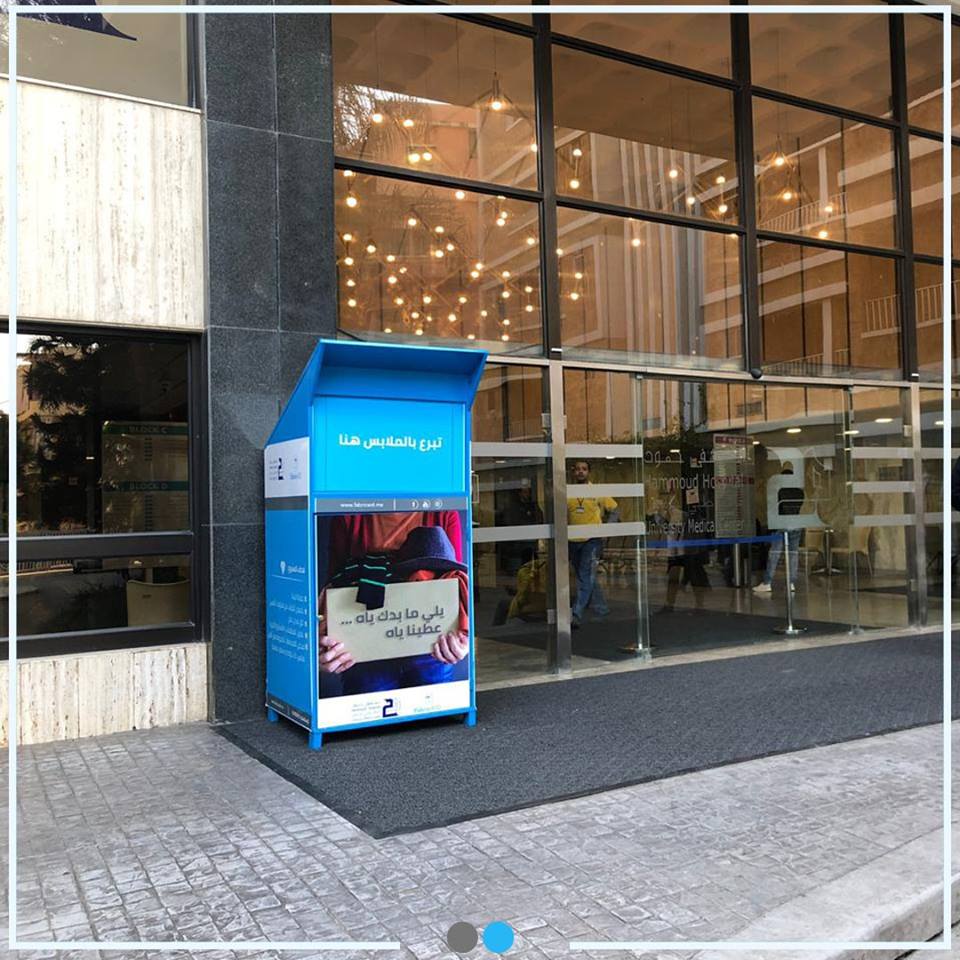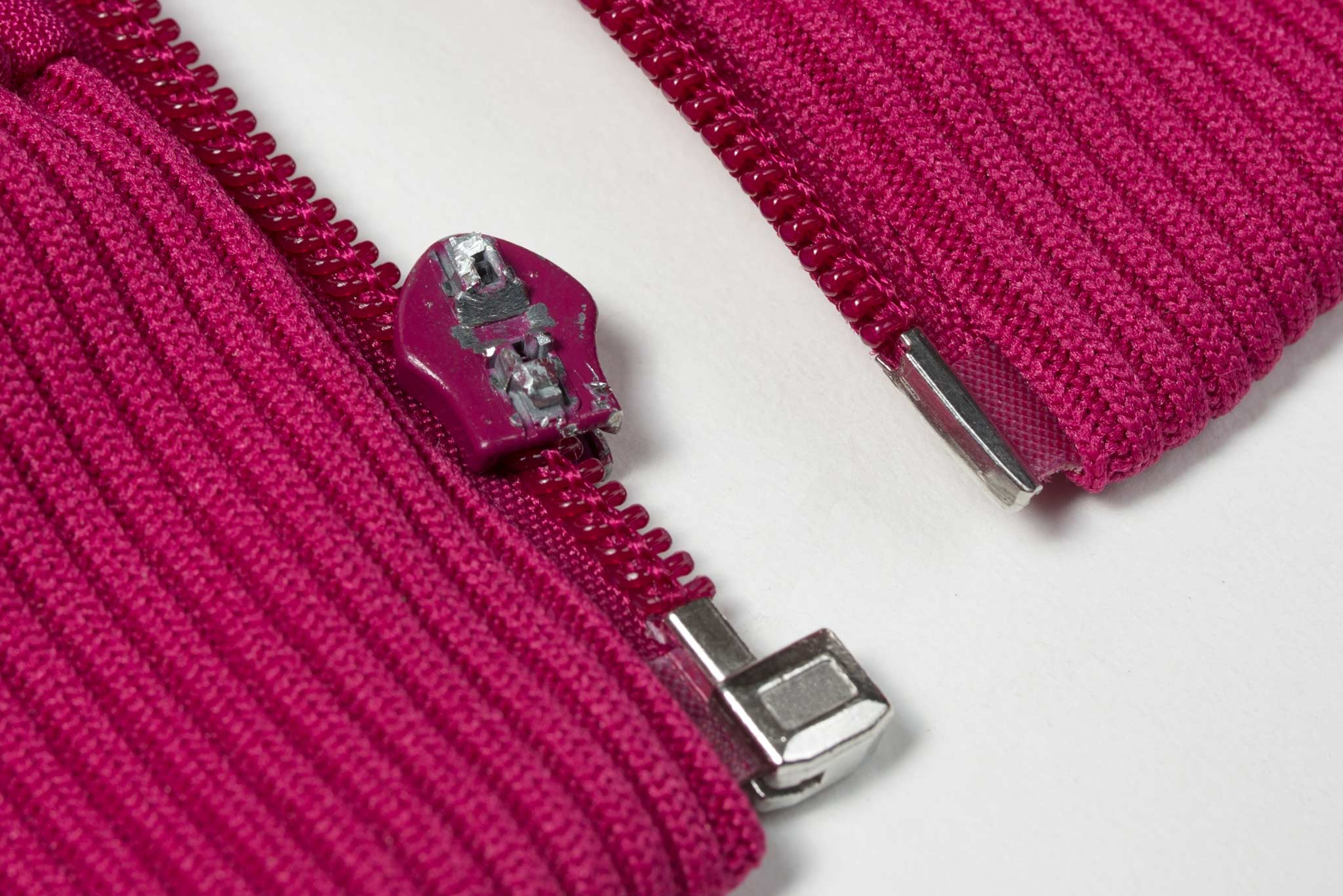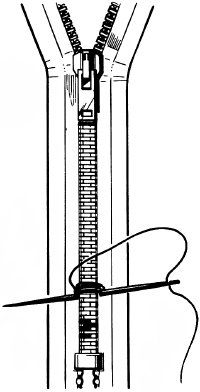We do not realize how lucky we are, to have the ability to enter a shop, check items, and buy the item, without overthinking of the cost. So many people have to choose between a loaf of bread and a shirt to put on their back. Although you may think that making free donations can help them, they easily hurt these people’s dignity and may not even be useful for them at all, since many NGOs cannot tailor clothes per group and end up sending the same package to all the people it’s taking care of.

Luckily, a team of Lebanese students in 2016 decided to change things. They created FabricAid, an initiative that gives second hand clothes a new life, and allows underprivileged individuals to enjoy a shopping experience without worrying about the costs.

The team created a network of donation bins, and made a collaboration with businesses and NGOs to collect clothes. They check the items, select what’s in good condition to be reused, clean it up, iron it, tag it, and put it in their shops. They have pop-up markets called Souk El Khlanj and several permanent markets. Souk el Khlanj means the shop of like-new items.
The shops are located in areas where there is a high level of poverty, they are just like any other shop, with well organized merchandise and fitting rooms. The prices range between 0.3$ and 2$, so that people who have low income can shop and pay without having to worry about the bill being out of their purchasing power.

The items that are not fit for resale are sold in bulk to existing second-hand stores for much lower prices, or they can be used to create new items for RemAid, FabricAid’s own upcycled fashion brand. In 2018, a partnership between RemAid and ESMOD (one of the best fashion design school in Lebanon) was made, and 100 items were created by students and sold in a special event, where prices of unique clothing items made from the used fabric were between 50$ and 150$. The event was made to support FabricAid’s cause. The items were redesigned by ESMOD fashion students and sewed by Sawa for Development and Aid’s women refugee tailors.

This team has also been able to win multiple competitions, and is one of the few to reach over 200 000$ in funds through competitions. Their work has contributed to alleviating two major problems: clothes waste and poverty aid.
Through their amazing initiative, so far, FabricAid has been profitable, created jobs, and made great numbers:
– 55,000 Kgs of clothes collected
– 37 markets set up
– 7,000 beneficiaries
– 17 staff members
– 32,685 items sold
– 19 clothing collection bins distributed

The clothes donors are also benefiting, as every once in a while, a new partnership between FabricAid and businesses that support the cause is seeing the light. For example, Jaleesa, a babysitting business, offers discounts to its clients. All these collaborations can be found on their Facebook page, and they’re updated every once in a while.
If you are interested by their initiative, wish to make a contribution, get in contact with the team, or just wish to learn more, you can always check their website and their Facebook account. If you don’t live in Lebanon, make sure to search for similar initiatives or maybe to share the news about FabricAid to encourage others to make similar initiatives in their own communities!
Also, please don’t forget to follow my startup news on Facebook, Instagram and the Website.


 1) Choose a zipper of the same color and length of the old zipper. If you end up with a longer zipper, you can cut it from the lower part using sturdy scissors, then close its ends using a plier to hold firmly the prongs (the metal part used to close the zipper). You can sew the lower part really firmly if you don’t have prongs (check the photo). Make sure that when you cut the zipper to shorten it, the zipper is closed.
1) Choose a zipper of the same color and length of the old zipper. If you end up with a longer zipper, you can cut it from the lower part using sturdy scissors, then close its ends using a plier to hold firmly the prongs (the metal part used to close the zipper). You can sew the lower part really firmly if you don’t have prongs (check the photo). Make sure that when you cut the zipper to shorten it, the zipper is closed.